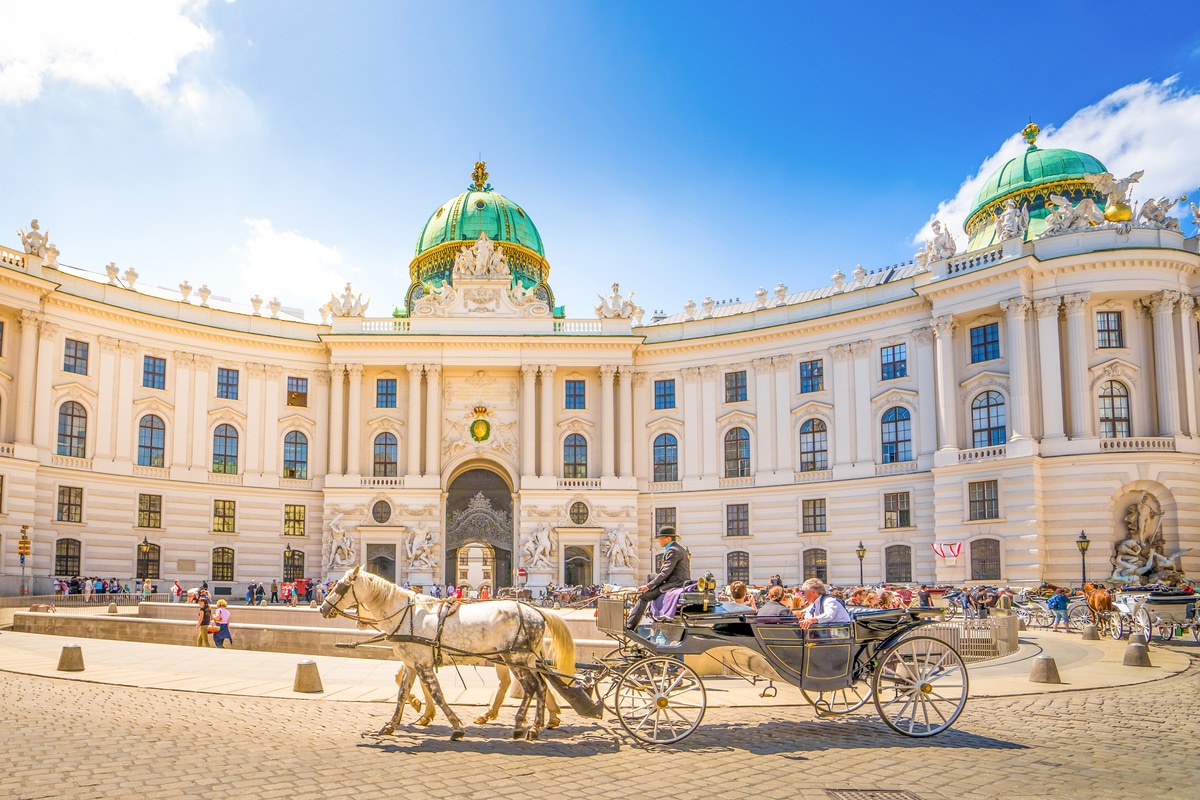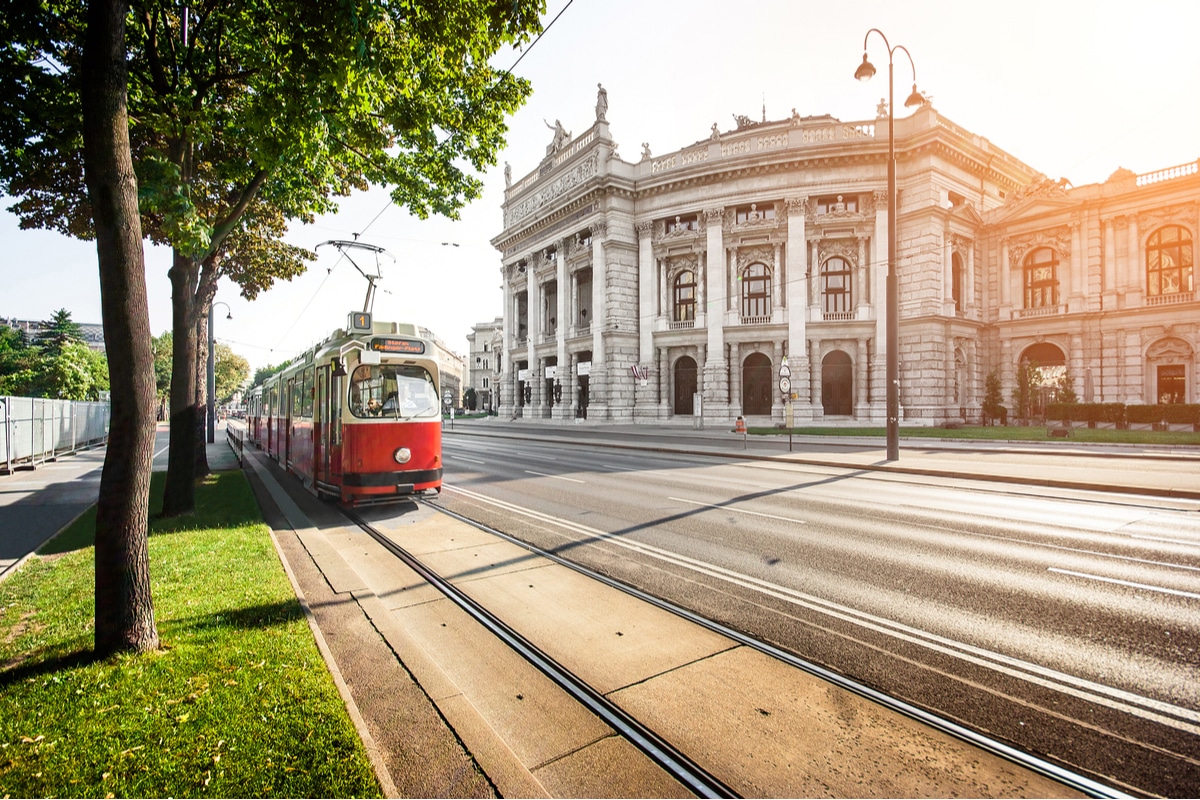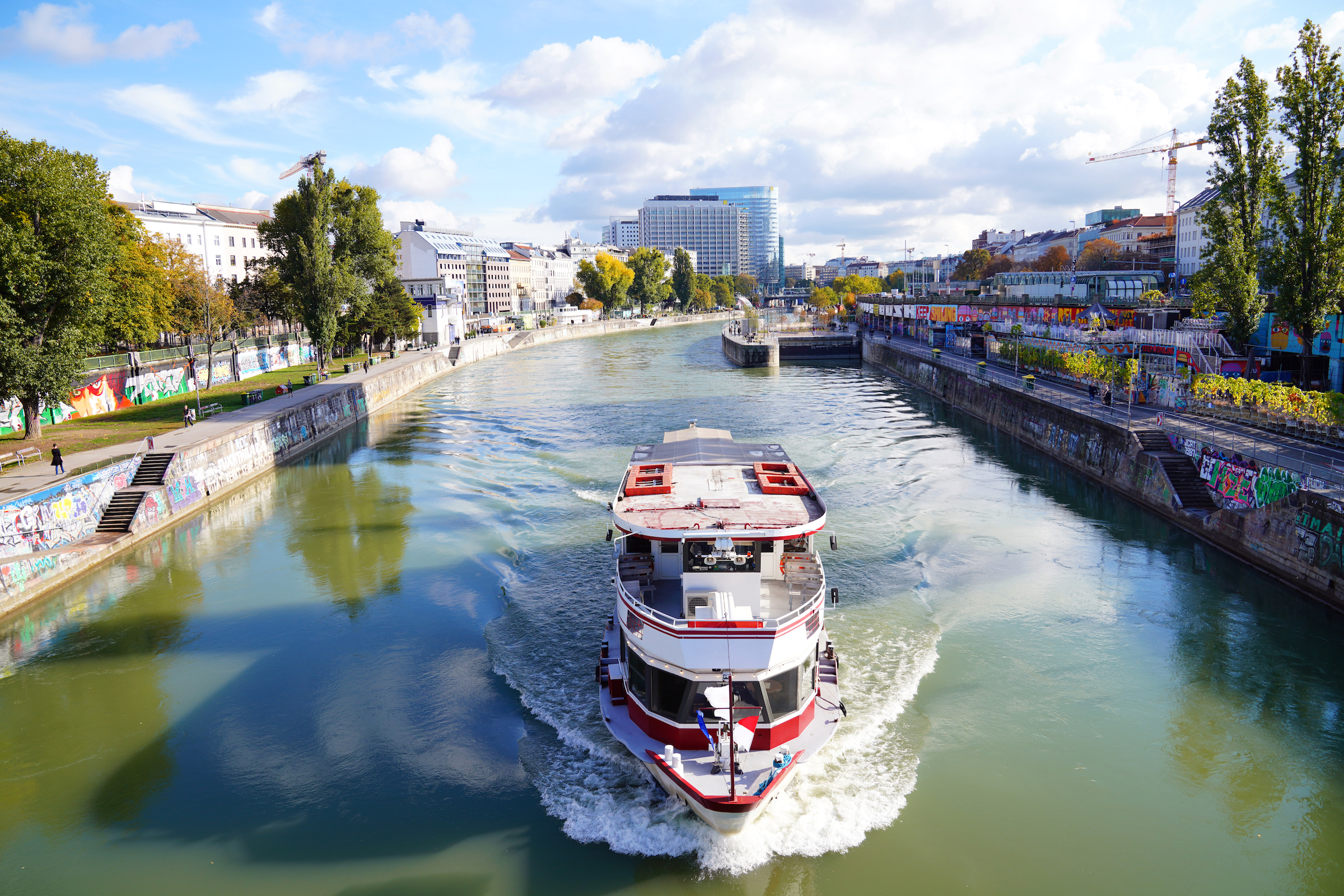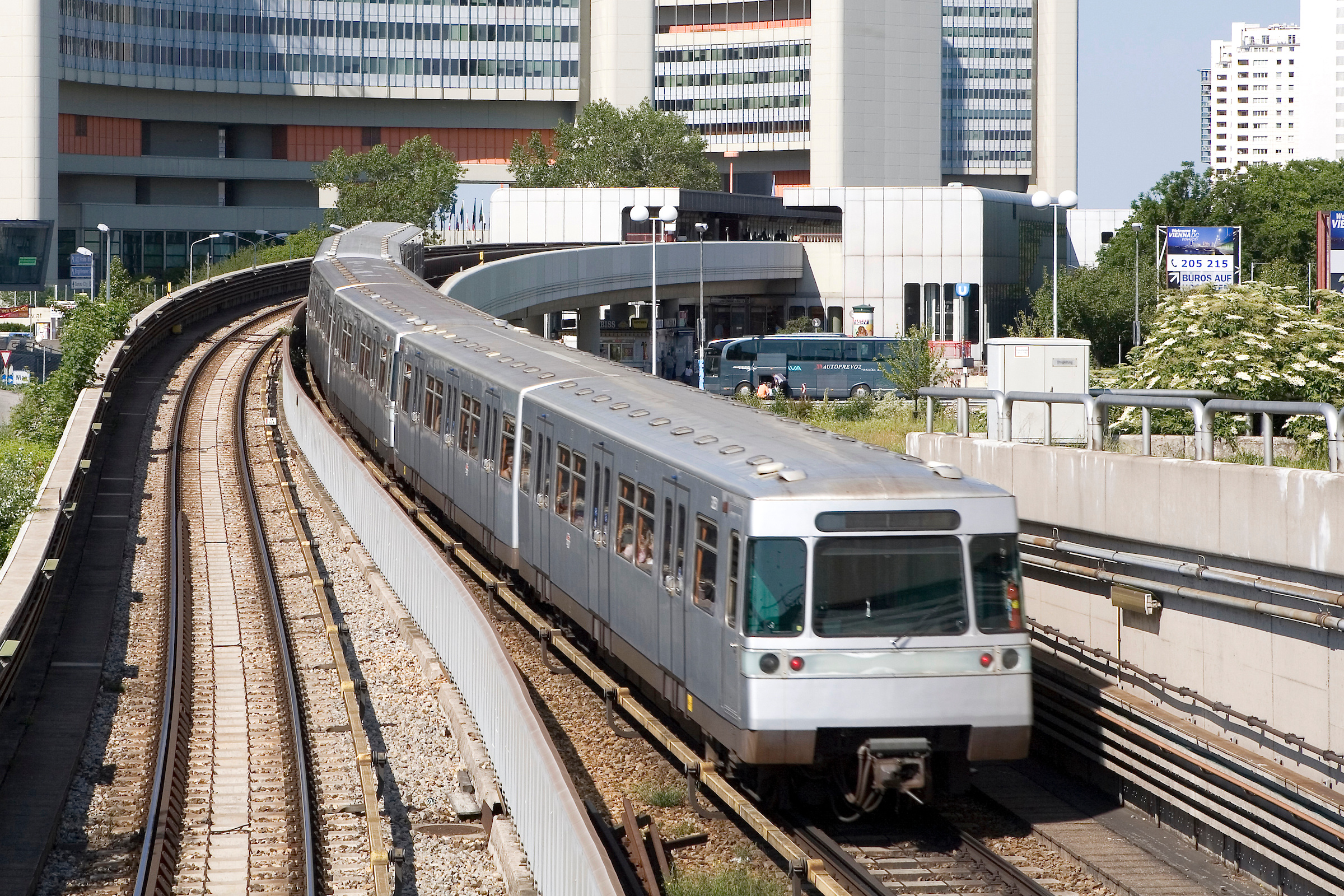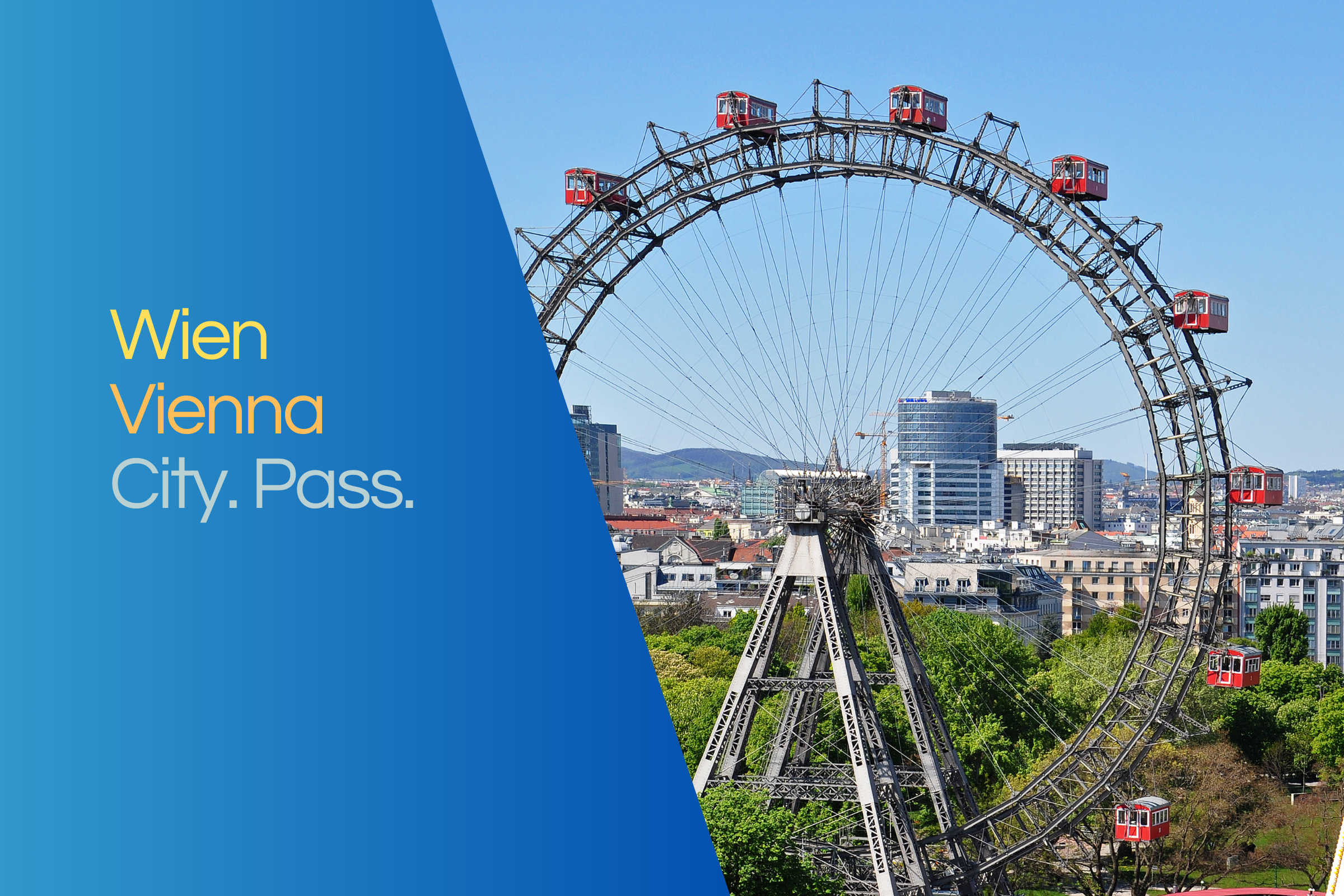Burgtheater
The Burgtheater in Vienna is one of the most important European theatres. It was opened in 1748 at a different location (Michaelerplatz), making it the second oldest theatre in Europe after the Comédie-Française. The new house was opened in 1888.
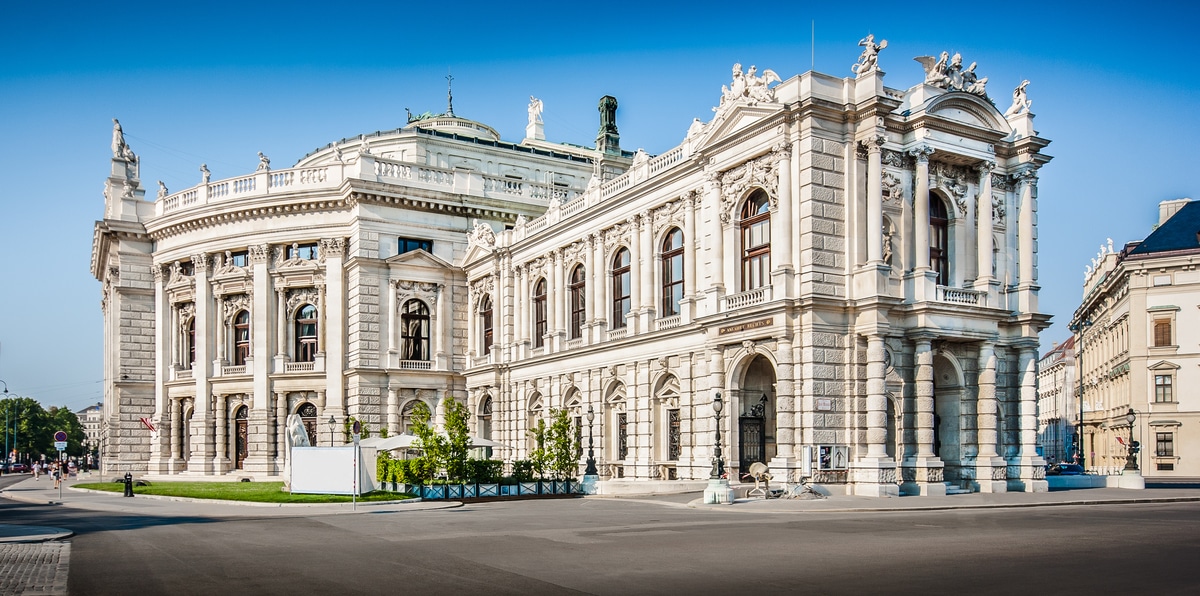
New Burgtheater at the Hofburg
The new building of the Hofburg Theatre on the Ring belongs architecturally to the Historicist period. The designs came from Gottfried Semper (the resemblance to the Dresden Semper Opera House is unmistakable) and Baron von Hasenauer, who was responsible for the façade. The two star architects of the time had already planned the Vienna Kaiserforum together. Among other things, they borrowed from the Italian High Renaissance. The interior design shows unmistakable reminiscences of the Baroque.
During the 14 years of construction work, the architects fell out. As a result, Gottfried Semper, who was also in poor health, withdrew so that Hasenauer could realise his concept of a magnificent logentheatre. The ceiling paintings are by Gustav Klimt, his brother Ernst Klimt and Franz Matsch. They show, among other things, ancient theatre scenes, the Globe Theatre in London and a final scene from Shakespeare's drama "Romeo and Juliet". Emperor Franz Joseph I liked the paintings very much and awarded the painters the Golden Cross of Merit.
A visit to the Court Theatre: works of art en gros
What is remarkable about the Vienna Burgtheater is the magnificent facade and interior decoration with various sculptures and paintings. This is why it is worth a visit even without a theatre performance. A statue of Apollo adorns the façade above the central building, flanked by the two muses for tragedy and drama.
Bacchus and Ariadne are enthroned as a frieze above the main entrances, and portrait busts of Shakespeare, Molière, Calderon, Goethe, Schiller, Halm, Lessing, Hebbel and Grillparzer can be seen all around the outer façade. There are also various masks as a reference to the ancient theatre. These sculptures are complemented by allegorical representations in the side wings, symbolising the emotions of love, hate, imperiousness, humility, egoism and heroism. Inside, there are paintings from the portrait gallery of the previous building, which were extended for the new, very high Vienna Burgtheater.
